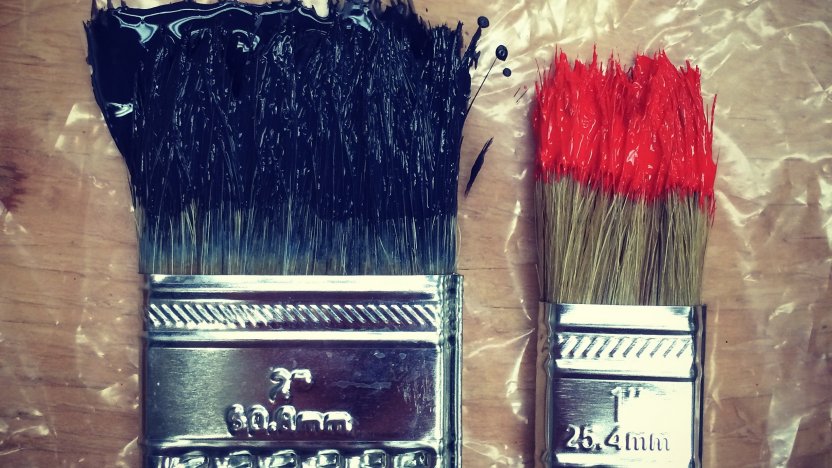IP in M&A: Merging corporate brands

It may be desirable or indeed necessary to retain existing ownership structures for brands acquired as part of a merger or acquisition (M&A). However, if the newly merged business has been rebranded, the conflict between the registered legacy brands and the new brand will need to be resolved.
We all know that brand value is a major driver of business sales and acquisitions; however, while IP plays a key role in creating that value, IP professionals are rarely given the time they would like to undertake the necessary due diligence and transfer planning before such transactions are agreed and contracts signed.
That situation can be exacerbated where a purchasing company acquires or merges with a complete business, including the entire registered legal entity. For a start, what should the newly merged company be called?
Merging brands and branding mergers
Branding for a merged business has different and distinct drivers, depending on whether you are looking at it from a business (marketing) or legal (IP) perspective. Decisions on how to brand the merger of two businesses will often be driven by negotiating positions or market realities but, as a general rule, tend to take one of three approaches:
- Assimilation or backing the stronger horse: Two branded businesses merge, with the merged business taking the name of the stronger brand (eg, Norwest Corporation + Wells Fargo & Company = Wells Fargo (1998)).
- Business as usual: The merged entities retain their existing branding and identity (eg, Procter & Gamble and Gillette (2005)).
- Fusion (or 'portmanteau') brands: Elements of both sets of corporate branding are incorporated into a new identity (eg, Exxon + Mobil = ExxonMobil (1999), United + Continental Airlines = United Airlines (2011)).
Another approach is to come up with a completely new corporate brand; for example, Diageo was created through the merger of Grand Metropolitan plc and Guinness plc (1997). While this comes with its own set of issues around (re)building a reputation and corporate brand value, it does avoid most of the IP issues which are the subject of this article.
Weighing up pros and cons
From a branding perspective – and from the more specific perspective of creating corporate brand value – fusion is the most attractive option of the three listed above. It provides the potential to create something new and exciting while retaining some or all of the legacy brand value of the pre-merger businesses. This method of branding a merged business is also a good fit with the broad thinking behind corporate mergers – that the merged whole will be worth more than the sum of its parts.
With assimilation, by comparison, the dropped brand can be quickly forgotten and with it most of the brand value from that part of the business. If the merged entities decide to continue with business as usual, additional brand value is hard to grasp and there is a risk that values may actually become diluted as a result of lack of clarity in the branding of the newly merged business.
However, from the perspective of trademark and IP protection, the reverse is true and the fusion approach creates myriad potential issues, as the new branding creates multiple conflicting rights.
Resolving these issues can involve significant cost and time, and may create legal risk. For that reason, the assimilation and business as usual approaches are more attractive from the legal perspective, as they are more likely to result in a clean, secure and efficient result with regard to IP protection.
Choosing the right approach
Some well-known examples of the fusion approach include:
- Unilever (1920s);
- GSK (1990s);
- Kraft Jacobs Suchard (1990s);
- PwC (1990s); and
- AB-InBev (2000s).
Counter examples of when it can be better to carry on under separate brands include:
- Diageo (1990s – Guinness and Grand Metropolitan); and
- Mondelez (2010s – de-merger/spin out of Kraft Food Groups confectionery brands).
Nobody said that the approach to good branding was supposed to be simple. The focus of the next article in our 'IP in M&A' series will be on overcoming some of the challenges presented by a fusion approach to mergers. In the meantime, if you have any questions or would like any specific advice on the topics covered in this article, please speak to your Novagraaf attorney or contact us below.
For advice on managing the safe transfer of an IP portfolio following M&A, please read our article 'IP in M&A: 5 steps to manage the recordal process'.